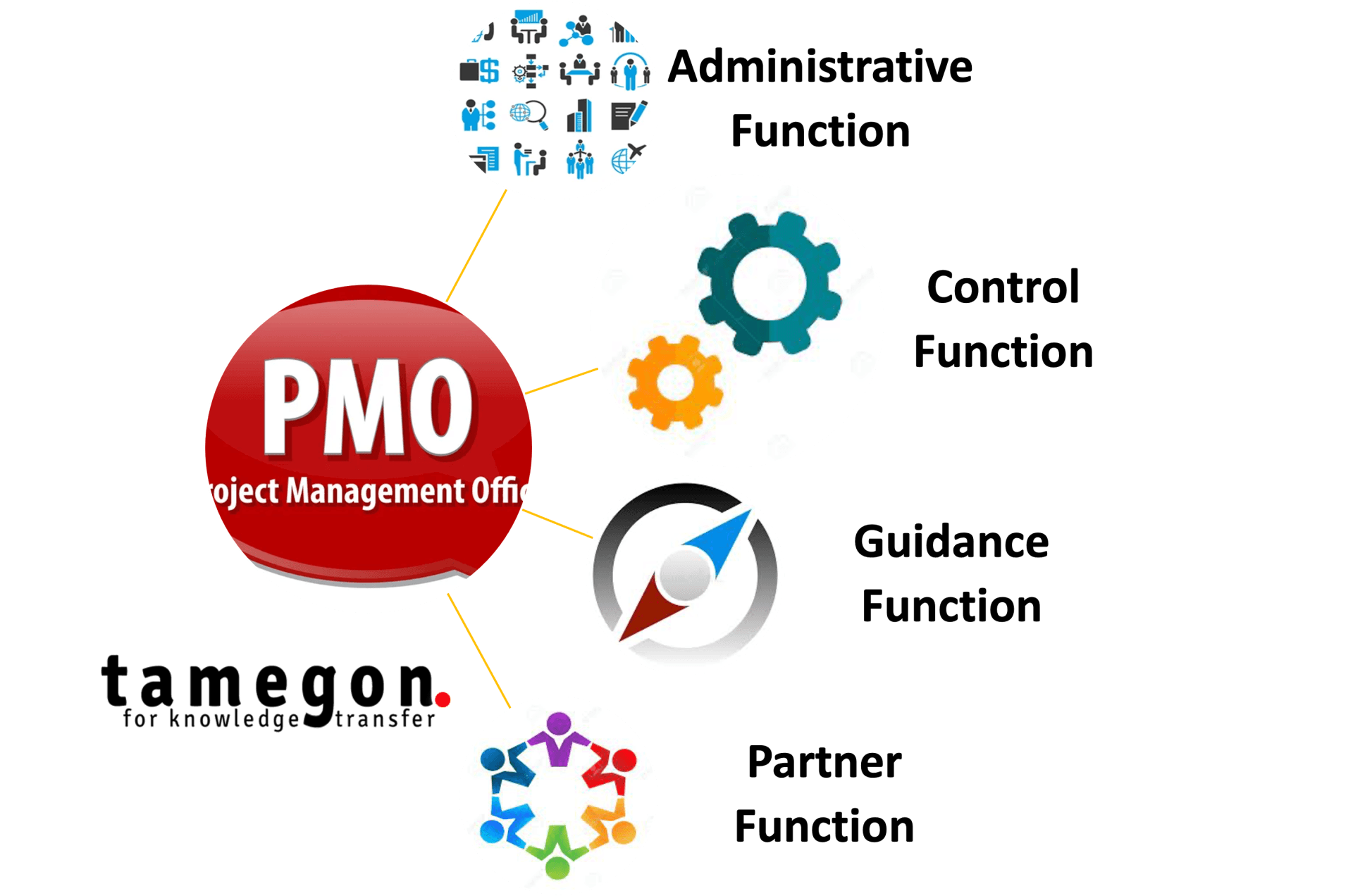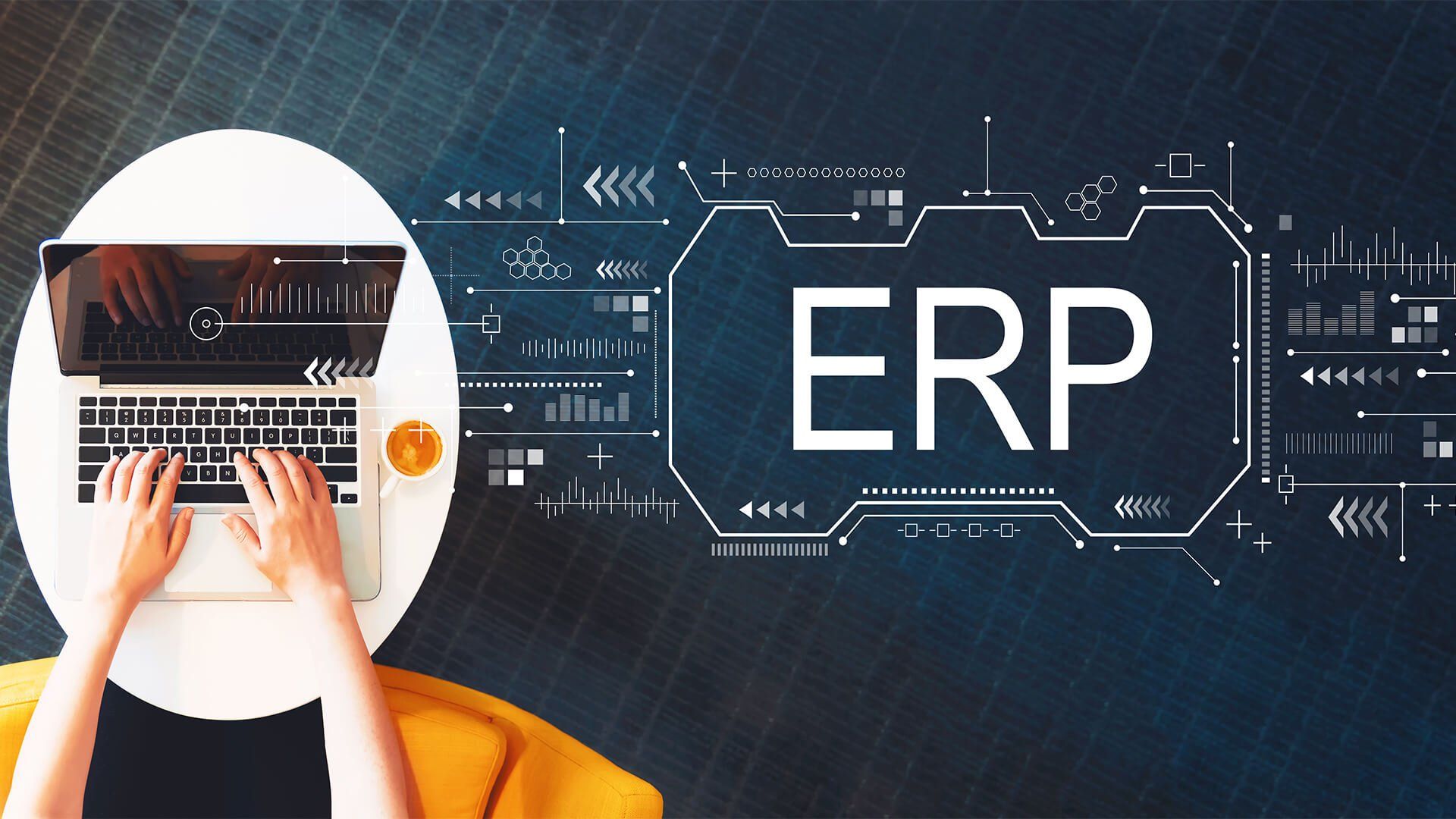How can a PMO innovate and remain relevant to the needs of the organisation?
Dr Costas Chryssou
September 11, 2022
tamegon Innovation and Growth Advisory Firm
Recent surveys indicate that more than 50% of Project Management Offices (PMOs) [1] have been in existence for less than two years. Although PMOs are created at a high rate across industries and sectors it seems that PMOs also close (often cited as a response to budgetary constraints) or radically transformed at a similar rate. It transpires that PMOs have limited time to showcase the value they add to the organisation and justify their existence before they are seen as ‘overheads’ by the stakeholder and the project management communities they are designed to serve.
The role of the PMO and the value it brings to an organisation varies according to the stakeholders’ vision, needs and desires. They can perform valuable activities (for example supporting management decision-making) and/or add value to the organisation (for example improving project delivery performance reducing re-work and enhancing delivery on time and on budget within the quality constraints).
PMOs can generally perform
- an administrative function - collating and collecting data;
- a control function – acting as process guardians;
- a guidance function – helping, advising, and coaching project managers; or
- a partner function – working with the executive team to improve overall performance.

The value that PMOs bring to the organisation is very much dependent on the role the PMO was established to fulfil:
- ‘Doing things right’ introducing a common approach and supporting management decision-making
- ‘Doing the right things’ assisting the organisation to select the right projects and allocate scarce resources appropriately where they will maximise value – projects in sync with strategy
- Being a knowledgeable and objective voice – based on historic project performance data
- Measuring results and communicating them to project and programme management communities and senior management, and fostering communities of practice
- Looking for opportunities, challenging and pushing projects beyond their manager’s comfort zone, focusing on overall strategic benefit.
So, what strategies can PMOs employ to bring innovation in their roles and ensure that they remain relevant to the organisation they serve?
From experience, the priority of successful PMOs is to understand what their stakeholders expect of them and the metrics that are going to be used to assess their performance, safeguarding stakeholder buy-in.
PMOs, as the organisation they serve, must constantly evolve to ensure alignment with the organisation’s strategy and needs remaining relevant, valuable and value adding.
[1] https://mosaicprojects.wordpress.com/7930526410/pmo-survival/

Costas Chryssou
MBA, PhD
Founder and Managing Director
Sign up for our
articles
Sign up to our newsletter











